This marquetry is patterned with cubes and musical attributes on the central projection.
It opens on the front with 2 drawers without crossbar and is based on curved feet
It is topped with a beautiful marble with a projection.
She has her key and the lock works
Marble, bronzes and lock are original
CAREL stamped + Jurande JME hallmark
18th century
Personalized payments possible
Jacques Philippe CAREL (1688 - 1755)
Born in Paris, he went, around 1712, to Grenoble where he had, it is believed, some family ties.
He married there and worked for Thomas Hache, one of the members of the famous Dauphinois cabinetmaker family.
He soon returned to Paris where he received his master's letters on February 16, 1723.
It is undeniable, as Pierre Verlet had noticed, that his production perfectly reflects the Parisian style of the mid-18th century and, for many of his creations, in what he most accomplished.
His talent found its full potential around 1745, in full bloom of the rococo style in which he fully participated.
Carel practices a little plain veneer or arranged in geometric patterns, and more the marquetry of end-grain wood or stained wood flowers on a background of satin, rosewood, amaranth, violet wood.
The bronzes, of the purest rococo taste, sometimes abundant but without the slightest heaviness, are usually of a high quality of carving.
Considered one of the best craftsmen of his time, Jacques-Philippe Carel worked for a wealthy French and foreign clientele, including the Swedish court and the Prince of Württemberg, as well as for the Royal Garde-Meuble.









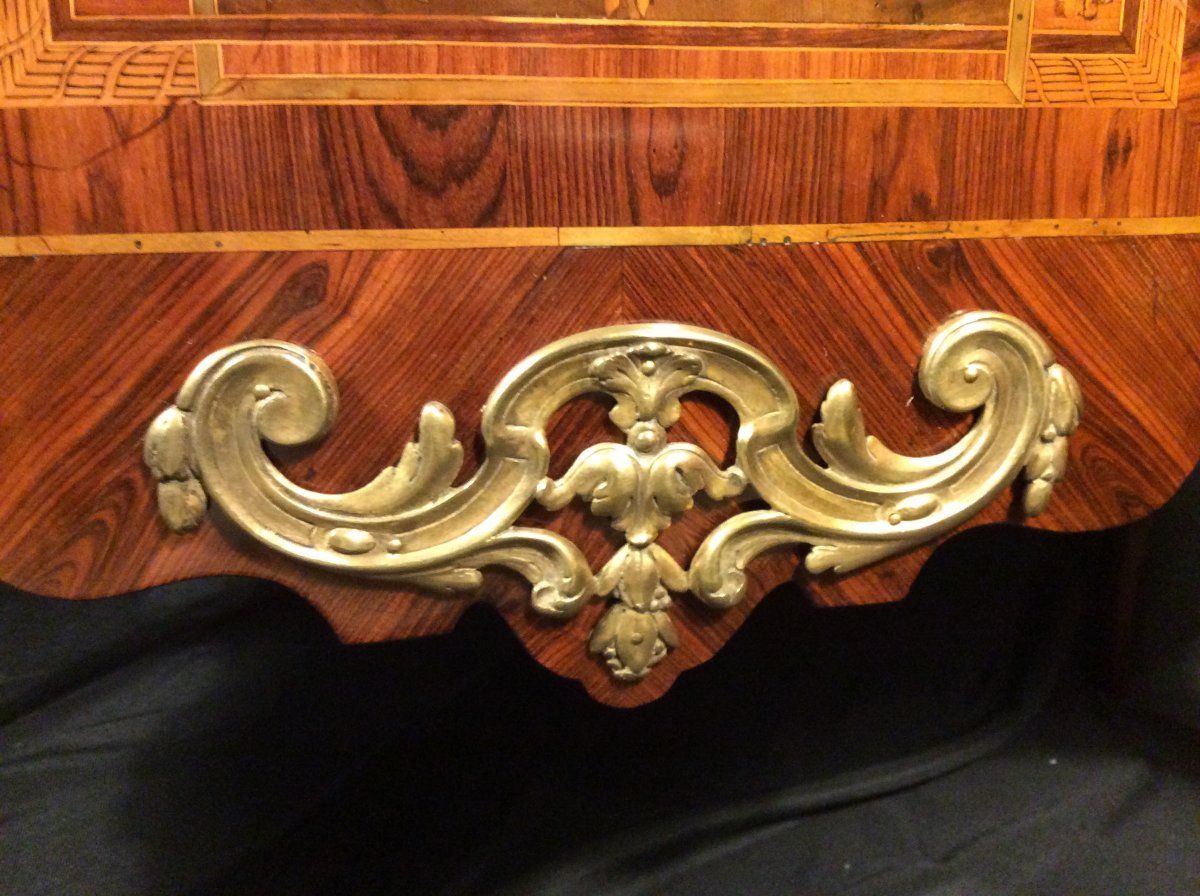

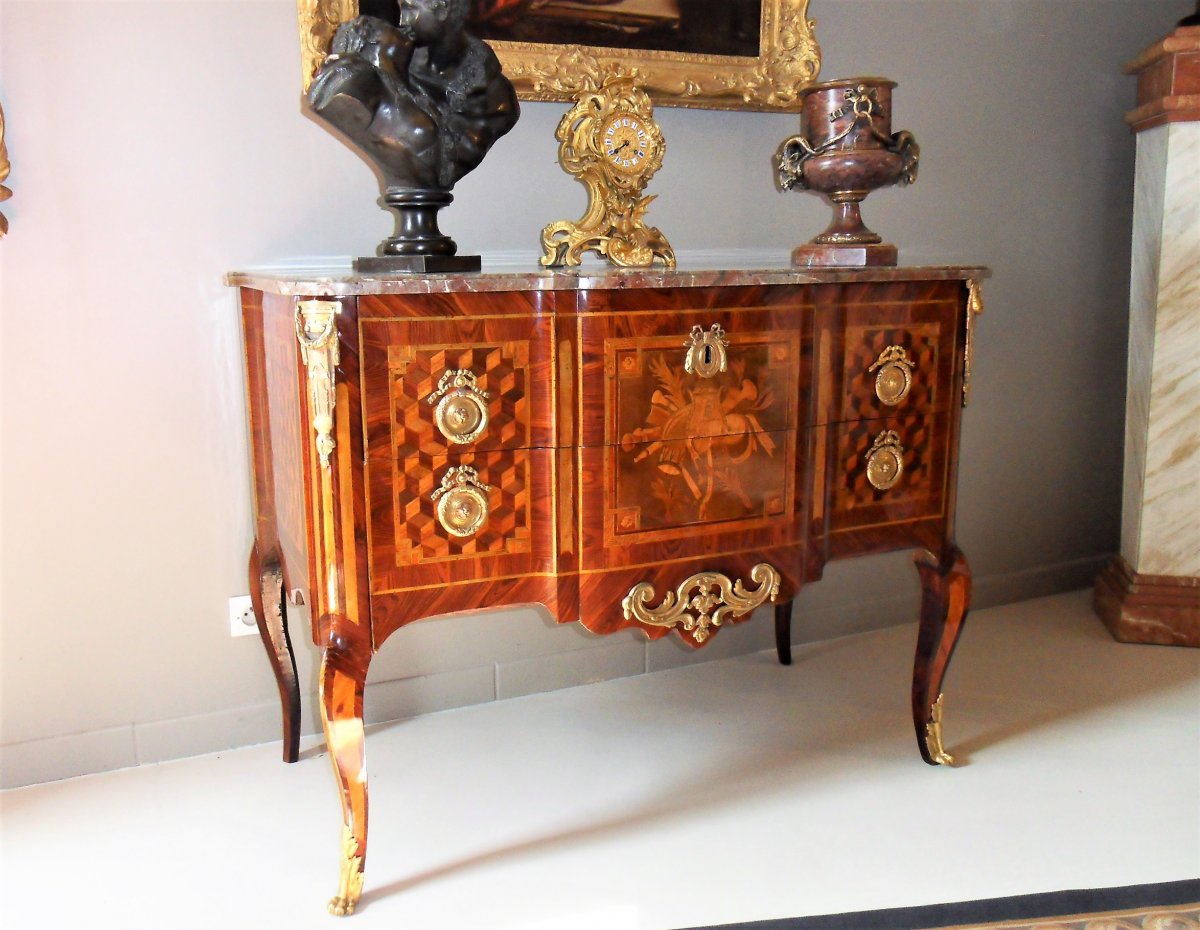




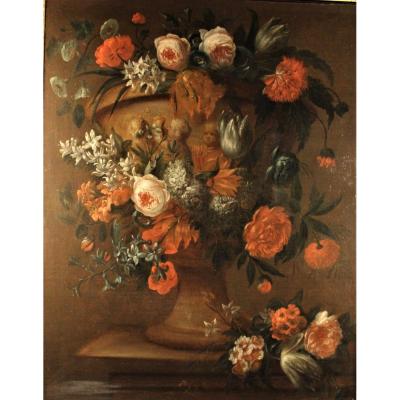

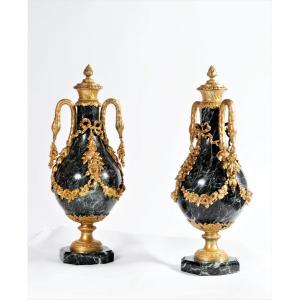




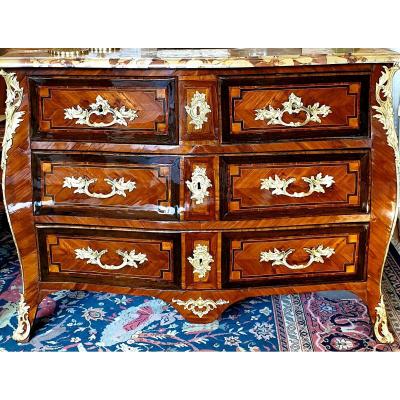

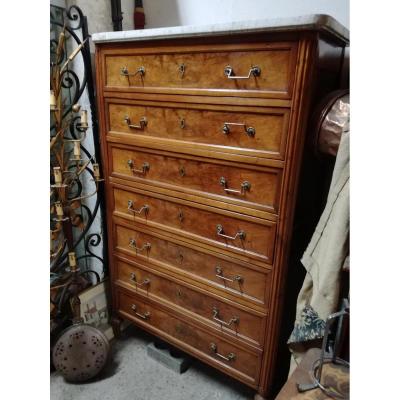




 Le Magazine de PROANTIC
Le Magazine de PROANTIC TRÉSORS Magazine
TRÉSORS Magazine Rivista Artiquariato
Rivista Artiquariato
